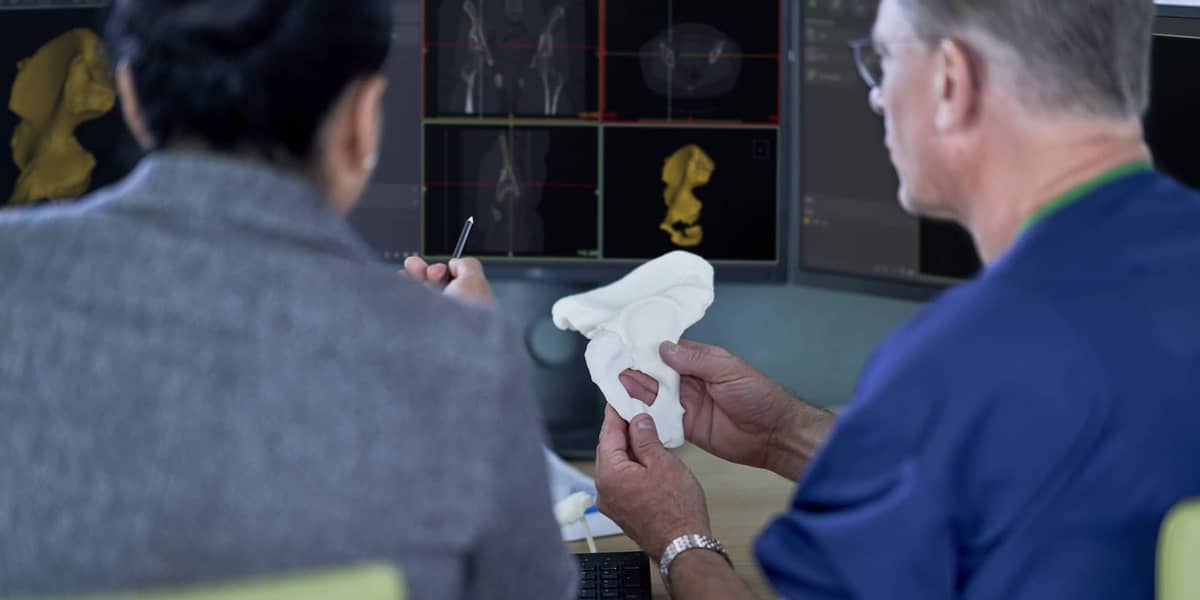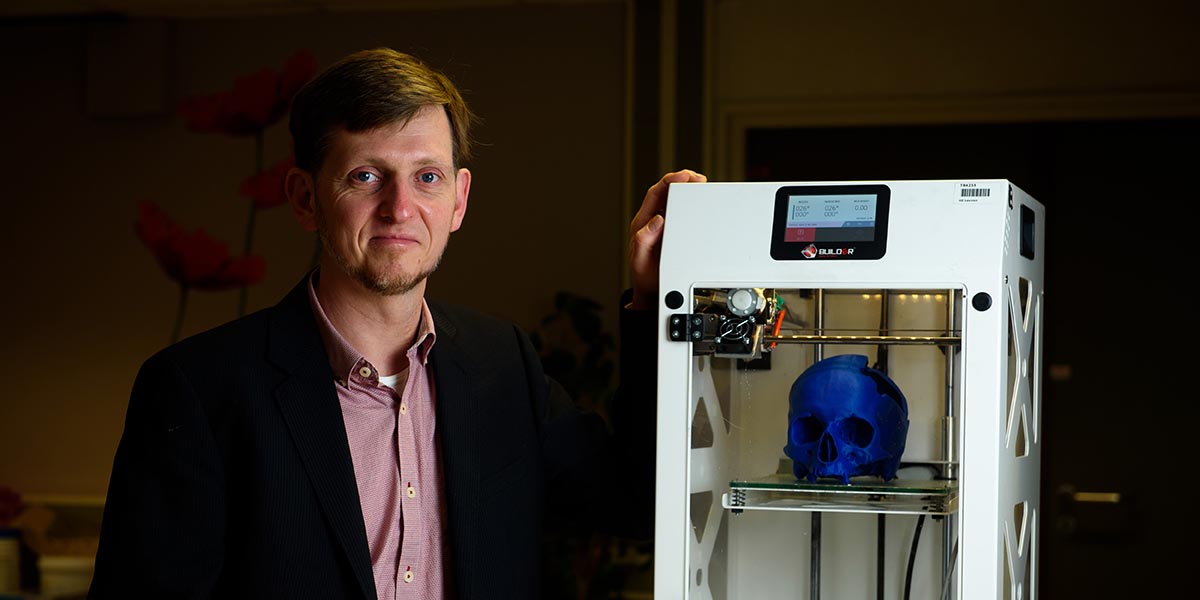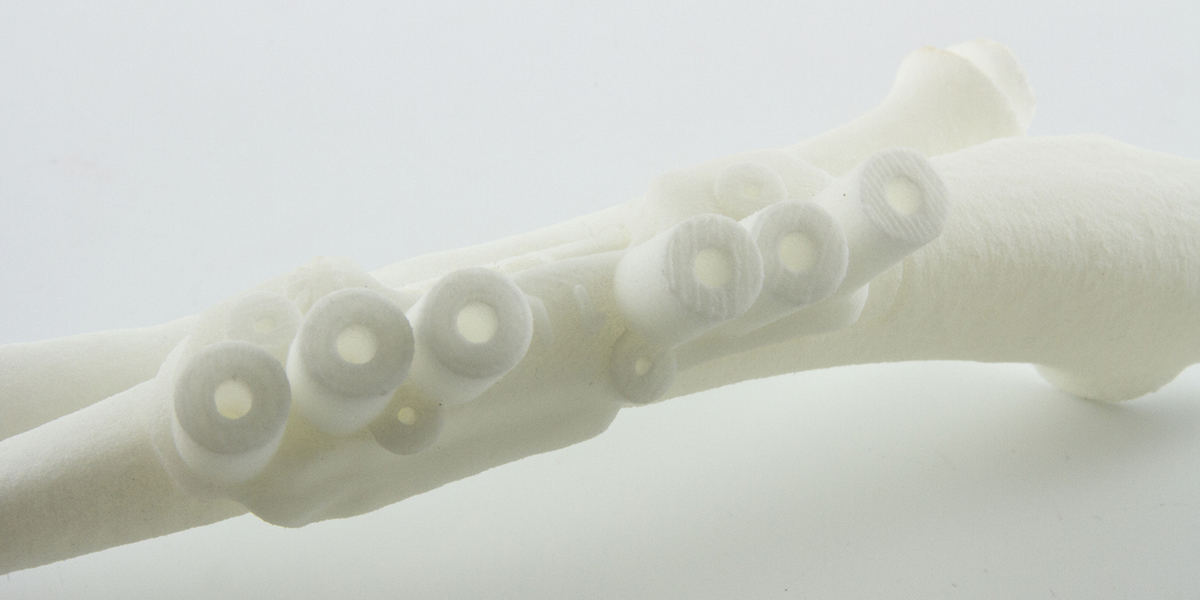MEDICAL
3D Technology in Fetal Medicine: An Interview with Dr. Heron Werner
Improving people's lives is a task that involves us all and it begins with the desire to do so. Technology, by itself, is not capable of achieving great changes or generating an impact on people's lives if it is not driven by someone who, with great ingenuity, gets the most out of them. Today we can impact life even before it begins.
Materialise’s 30 years of technological infrastructure and extensive knowledge of additive manufacturing are increasingly expanding in the medical field. This is thanks to the trust and knowledge of great doctors who are collaborating with Materialise to create solutions to diagnose and processes that previously seemed impossible.
We are happy to share Dr. Heron Werner’s experience and research as specialist in fetal medicine, imaging, obstetrics, and gynecology. He is currently a Professor in the Department of Radiology at The Children's Hospital of Philadelphia (CHOP) in the US, he is also a founding member of the Brazilian Academy of Ultrasonography and the Latin American Academy of Ultrasonography.
We spoke with Dr. Werner about his contributions to 3D technology from his research on complex fetal malformations with Materialise Mimics software.

A 3D-printed model of fetuses
What motivates the use of 3D technology in your work?
I work in the area of fetal medicine. We have been researching the use of 3D printing since 1997. Our initial focus was to construct models of fetal malformations from ultrasound and MRI files for academic purposes and multidisciplinary discussion.
What are the main applications that you use 3D technology for?
In my area of expertise, we use 3D printing in the study of complex fetal malformations, to explain a certain pathologies such as a cleft lip to parents. We also use it to monitor the patient’s pregnancies with visual impairment. 3D printing is also sparking discussions on surgical planning during the prenatal period.
How has our Mimics software helped in the development of your work?
Mimics provides many resources to perform easy segmentation of the files obtained by fetal magnetic resonance imaging.
Could you share with us a specific case of a patient who has been impacted using 3D technology?
We have interesting cases like prenatal care for visually impaired patients. The fetal MRI files can be printed after each exam, giving the patient the opportunity to feel their child, thereby strengthening the maternal-fetal bond. 3D printing is also very important in cases of imperfect twinning. In these cases, it helps in starting the surgical planning during the postnatal and even prenatal period.
Looking forward, what do you think is needed in order to support the continuous growth of this technology in the medical field?
The main focus for the future is to increase the segmentation speed of fetal ultrasound and MRI files.

Dr. Werner holding a 3D-printed model with Gerson Ribeiro, the Digital Media Developer
The applications of 3D technology in medicine advances all branches of healthcare and impacts the lives of doctors and patients in ways that we did not imagine. Making personalized treatments become standard is a mission in which we will continue working towards, hand in hand with experts who innovate
(Special thanks to Todd Pietila and Bruno Barreto)
L-102093
You might also like



